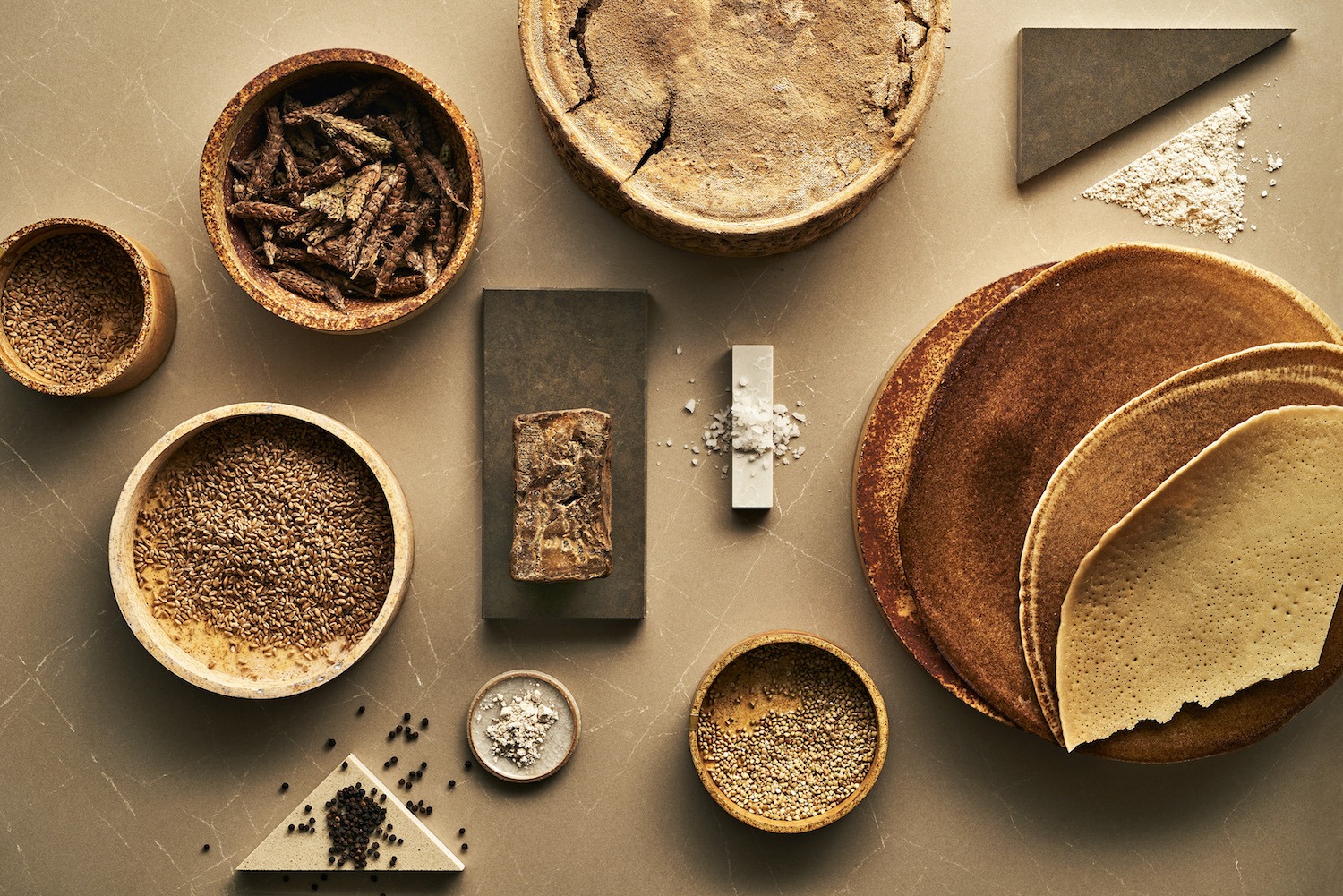
Making Magic
Francesca Sarti & Food
Working with food as a tool to investigate and communicate cultural conditions, histories, and rituals, Arabeschi di Latte has created a number of public projects worldwide, including displays, performances, workshops, pop up cafes, and dinners.
Arabeschi di Latte founder Francesca Sarti speaks to curator Stella Bottai about the beginning of the studio and her love of food and experimentation.
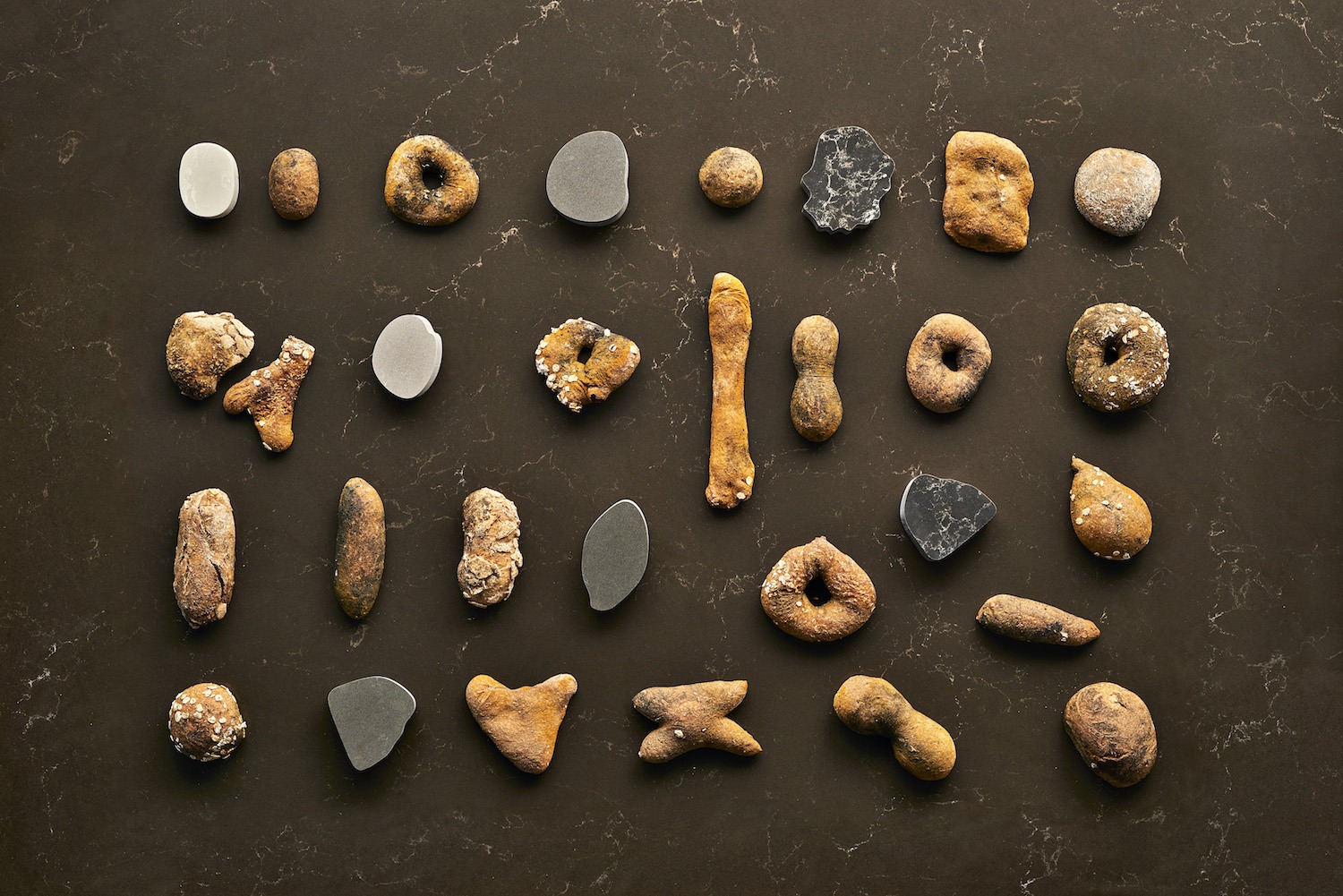
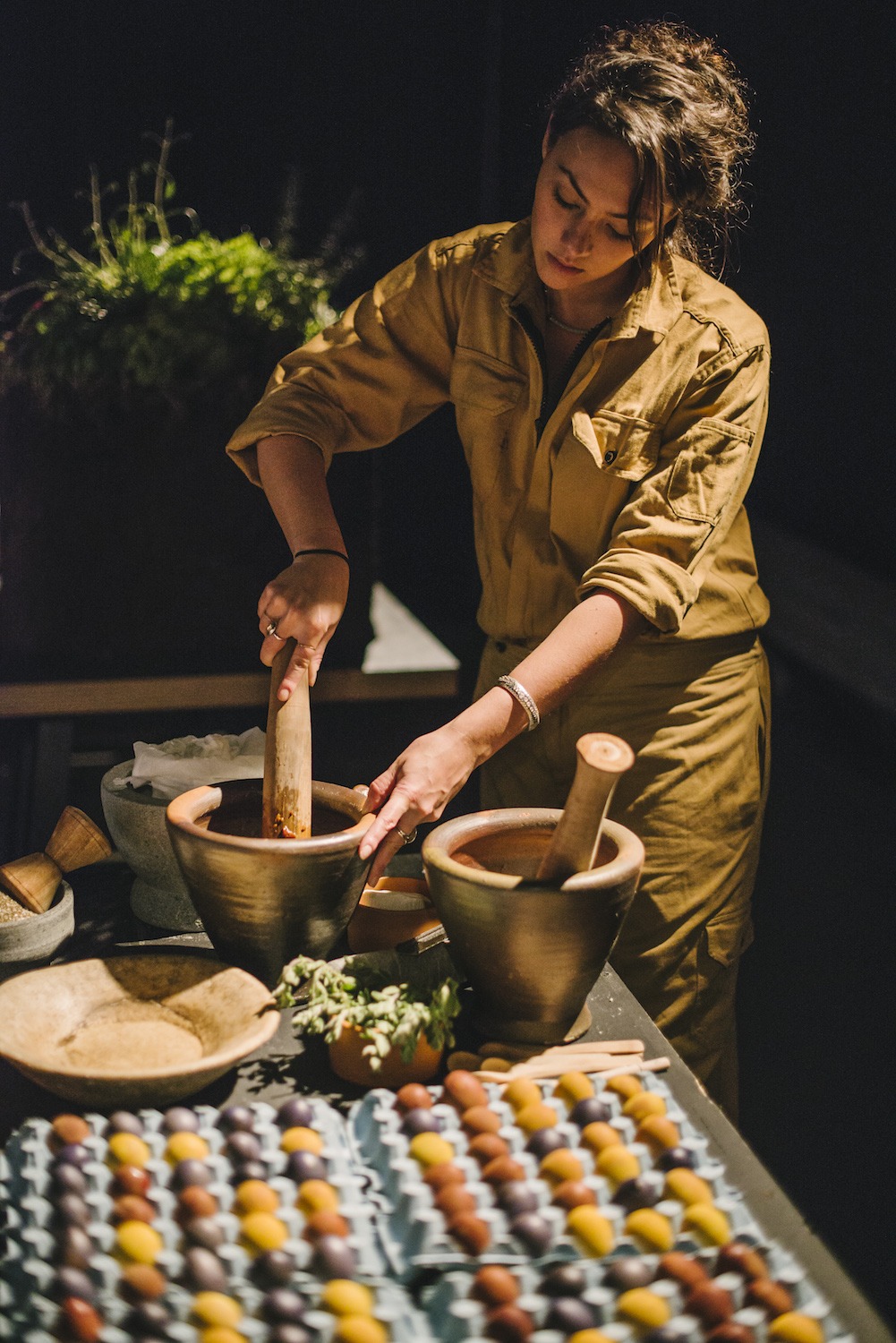
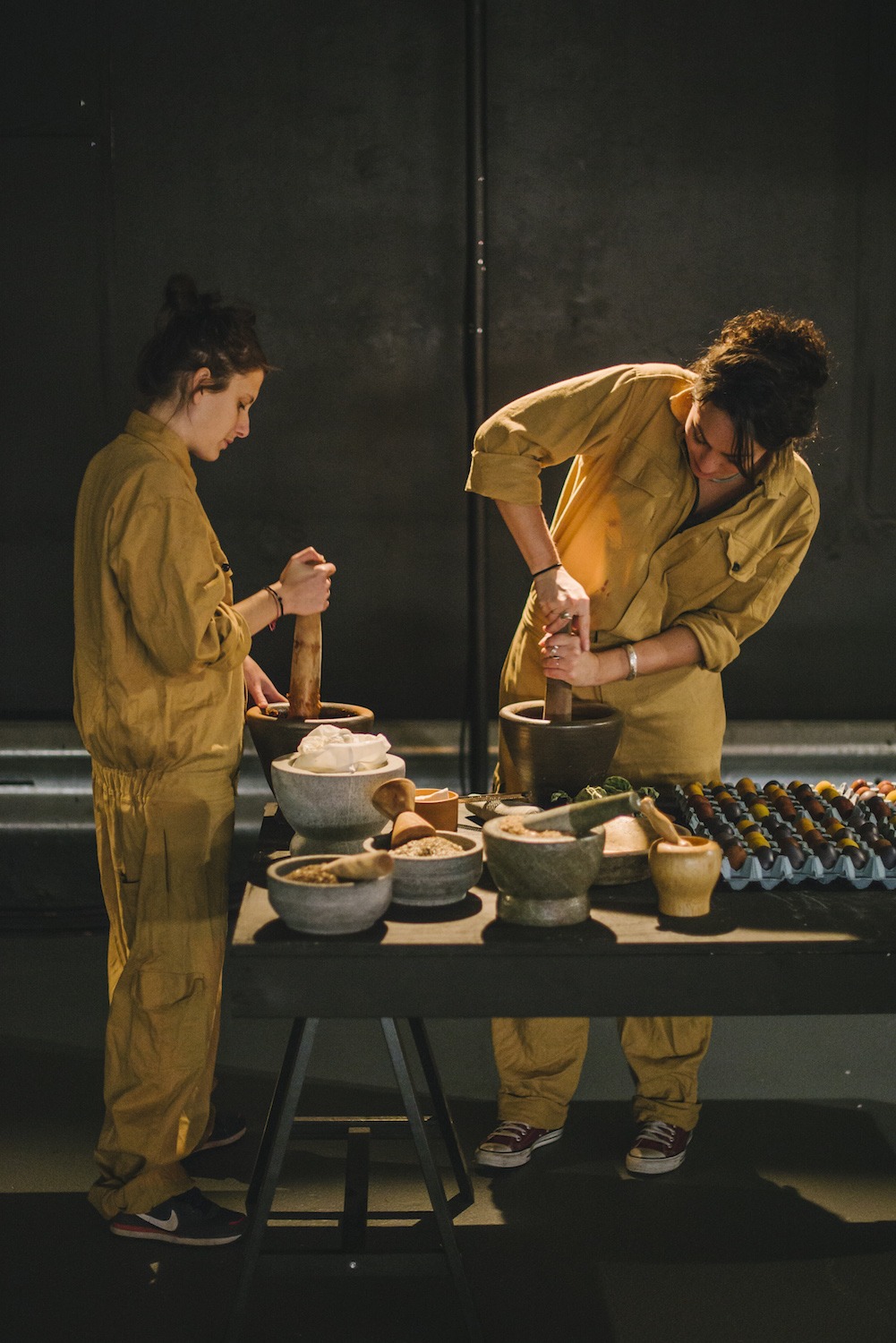
The first time we met was in 2013. You had just moved to London and told me about Arabeschi di Latte. I loved the name of your project which called to my mind a beautiful image combining architecture, ornament, and raw material.
The name always attracts attention, whether pronounced in Italian or foreign accents. It doesn’t have a real meaning but instead is evocative, vaguely exotic and although it is long, you always remember it. That’s why I never changed it. I like that you call me “Francesca Arabeschi”!
My most vivid memory of the second evening we met is the discovery of the grattachecca. Would you explain what it is?
Grattachecca is a nice name as well, onomatopoeic, as it recalls a slush that is literally obtained by scraping a big ice-block to get a sort of snow, which is then flavoured with various syrups. It’s typical of the city of Rome, and the kiosks along the Tevere river are famous. It’s a simple product yet so rich in stories and memories, and an authentic symbol of the Italian summer.
Would you recount how your work began in Italy? What made you realise it was time to give birth to Arabeschi di Latte?
From an early age, I developed my passion for the arts and a table’s aesthetic through magazines such as AD or La Cucina Italiana. I was very influenced by a crucial encounter with the work of Thai artist Rirkrit Tirvanija, relational art practices in general (relational aesthetics), and the writings of art critic Pier Luigi Tazzi. An exhibition curated by Tazzi in 2003, Happiness: A Survival Guide for Art + Life, held at the Mori Art Museum in Japan, had a big impact on me. I realised how creative work could generate moments of happiness, and that feeling happiness was actually a “possible condition”. Then I began research for my architecture thesis, Magic Moments: A Kiosk’s Network in Florence, and this allowed me to investigate the idea of conviviality in everyday-life and food as a communication tool. The idea of Arabeschi di Latte was created for fun, the combination of my passion, research, inspiration, and studies which all led me to identify a niche in the field no one was working on. I was interested in the power of moments to generate happy feelings, and wanted to investigate those moments through food.
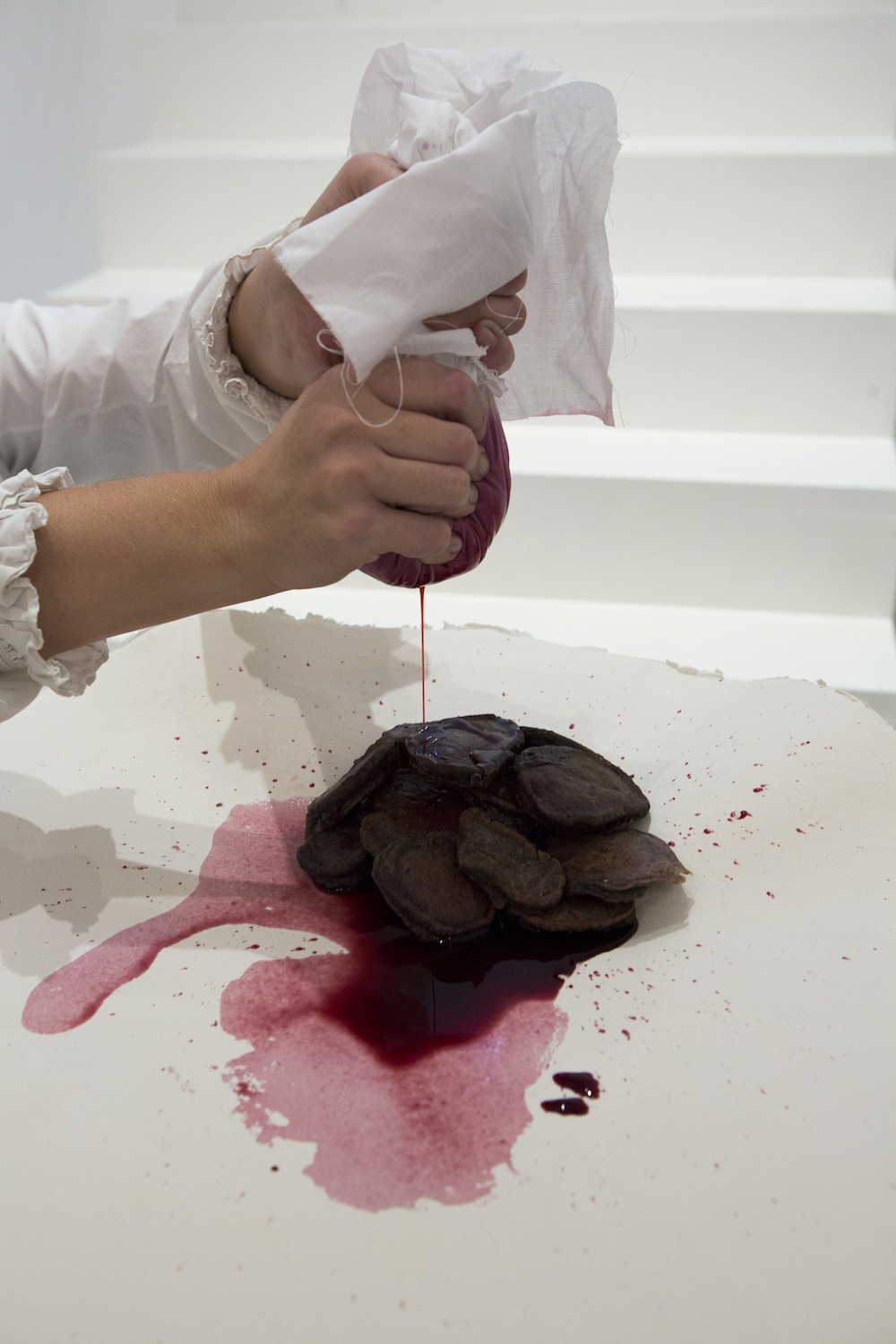
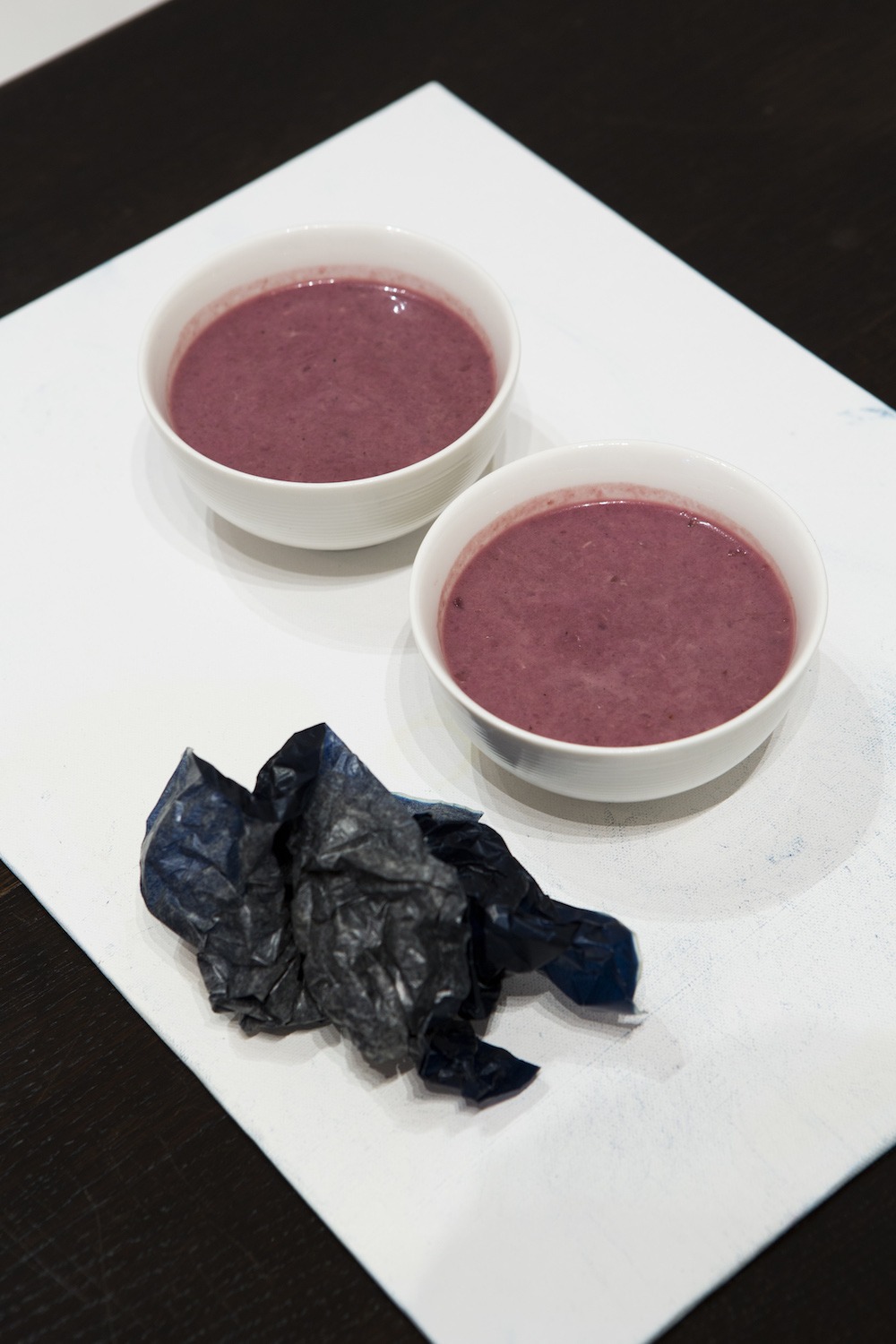
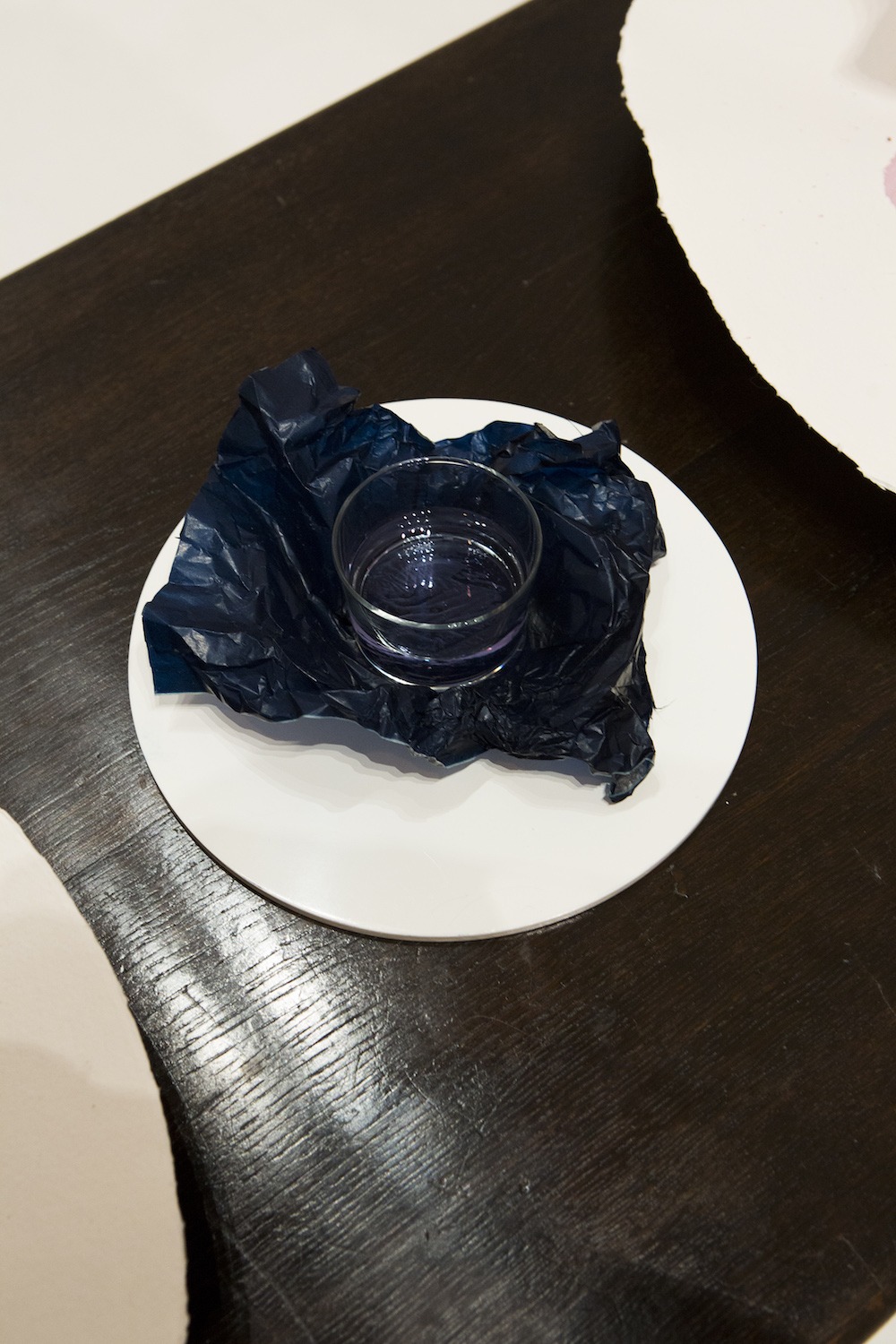
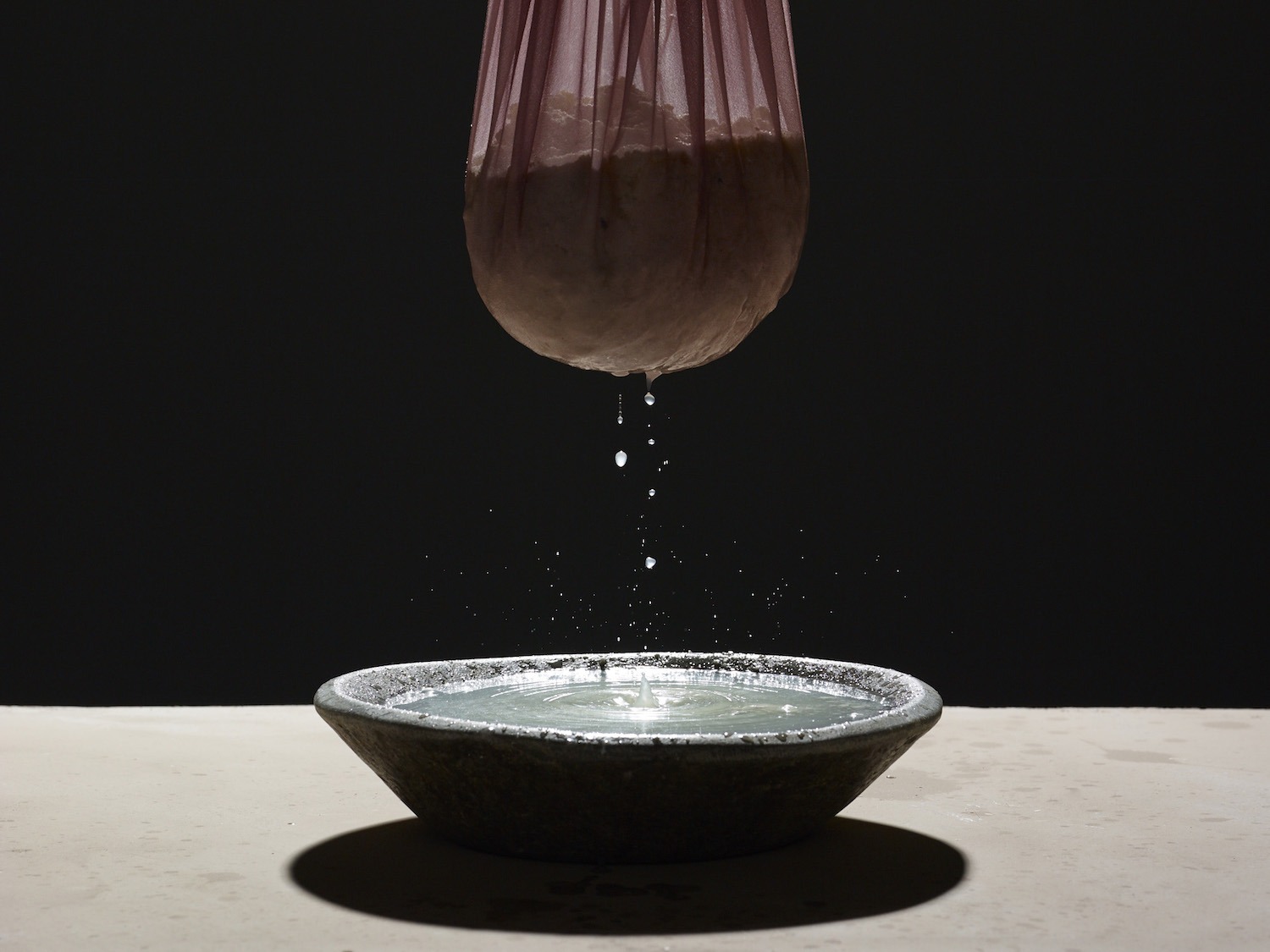
Works of food design created in the last years by Arabeschi di Latte have introduced a new notion of food as a tasty and sophisticated vehicle for equally sophisticated combinations of images, stories, and concepts.
I didn’t use the term “food design” to describe my work for a long time because I found it was tied to the idea of an industrial product and practice, whereas I was interested in the experiential part resulting from conviviality, communities, stories, traditions and rituals. I used the phrase to describe my work only recently, when its meaning came to include all those cultural, physiological, social, and political implications related to food. In this sense I think Arabeschi di Latte’s practice, as well as other practitioners such as Marije Vogelzang, have greatly contributed to enriching the notion of food design.
Read the full story in Issue 7



